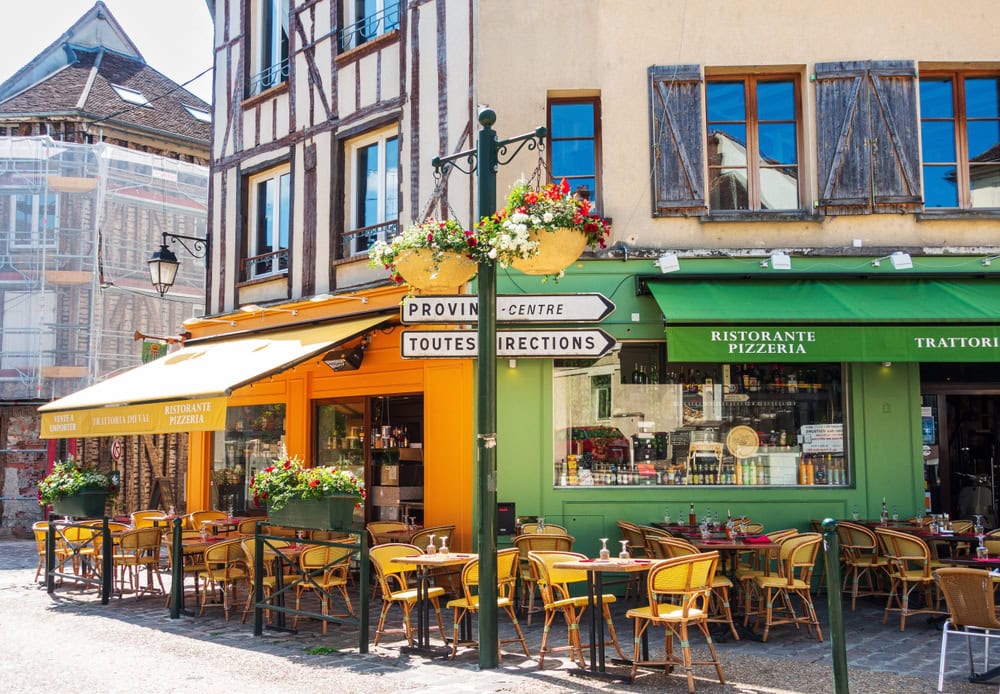
30 January 2024
Eco-Friendly Travel: Your Complete Guide to Sustainable Adventures
Eco-friendly travel goes beyond the simple pleasure of discovering new places, it means being fully aware of the impact we can have on the planet.
With Teritoria, discover what eco-friendly travel really means, how to do it right, what to avoid, and where to go. Ready to pack your bags? We’ve got destination ideas and responsible places to stay!
What is eco-friendly travel?
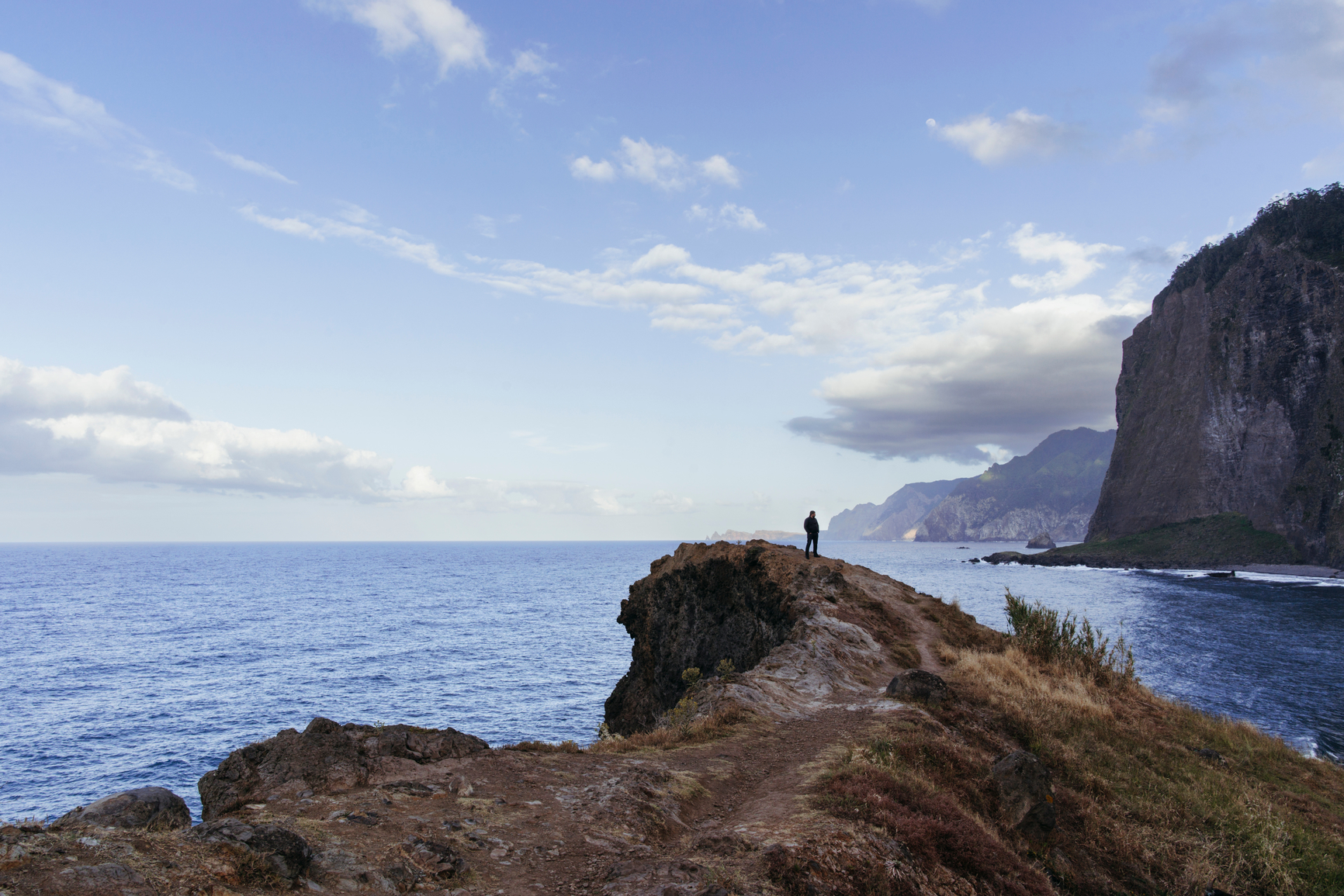
Eco-friendly travel, also known as “ecotourism”, is defined by the International Ecotourism Society as “a form of responsible travel to natural areas that promotes environmental protection and the well-being of local people.” It is one branch of responsible tourism.
It is defined by practices that respect the environment, local cultures, and communities. This means minimising your carbon footprint, supporting sustainable local businesses, and protecting biodiversity. In short, the goal is to reduce the negative impacts of your trip as much as possible while maximising the positive ones.
How can you travel in an eco-friendly way?
1. Advance planning:
Before you leave, take time to research eco-friendly destinations, reading this article is a great place to start! Choose eco-certified accommodation, such as those with a Clorofil badge, which recognises efforts to reduce carbon intensity, a key criterion in Teritoria’s selection process. Also, opt for sustainable transport options and look into environmentally friendly activities available in the area you plan to explore.
2. Reduce your carbon footprint:
Choose low-impact modes of transport such as trains, carpooling, cycling, or walking. And if you do fly, consider offsetting your carbon emissions by supporting environmental projects like waste management or primary forest conservation. At Teritoria, we allocate part of our annual turnover to agroforestry initiatives in France and Italy.
3. Support the local economy:
Choose local products, engage with local guides, and support businesses that follow sustainable practices. The properties selected by Teritoria reflect these values of authenticity and connection. For example, our partner restaurants offer seasonal menus featuring locally sourced ingredients. These simple actions contribute directly to the well-being of local communities.
4. Minimise waste:
Pack reusable items, such as a water bottle, cloth bags, and food containersn to avoid single-use products, which are major pollutants!
5. Respect the flora and fauna:
Stay on designated trails, do not interact with wildlife, and avoid purchasing products made from endangered species.
Do’s and don’ts
Eco-Friendly Travel, do’s:
Participate in local initiatives: such as environmental conservation projects or volunteer activities in the area you’re visiting.
Promote awareness: share your experience on social media to inspire others and raise awareness about eco-friendly travel, every little bit helps!
Eco-friendly travel, don’ts:
Avoid supporting environmentally harmful activities, steer clear of tourist attractions that exploit nature or local culture for profit.
Disturbing wildlife: follow local guidelines on wildlife interaction and avoid activities that disrupt ecosystems.
Where to go for eco-friendly travel?
Eco-friendly travel in France
Cévennes National Park
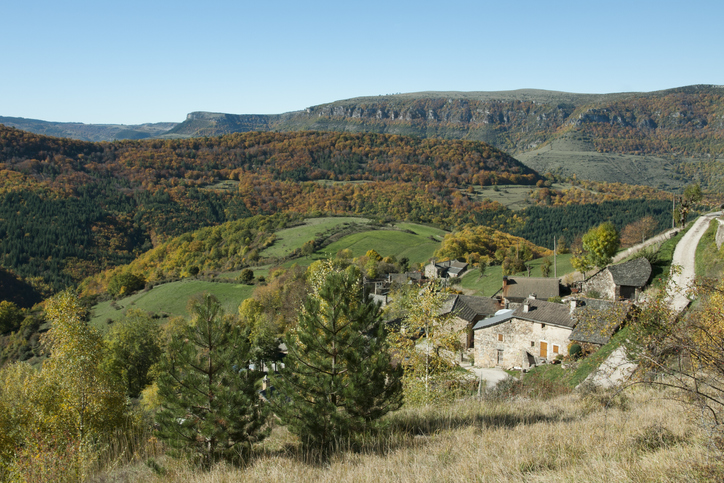
The Cévennes offer an immersive experience in unspoilt nature, with hiking trails, diverse wildlife, and local initiatives focused on sustainability.
Pyrenees National Park
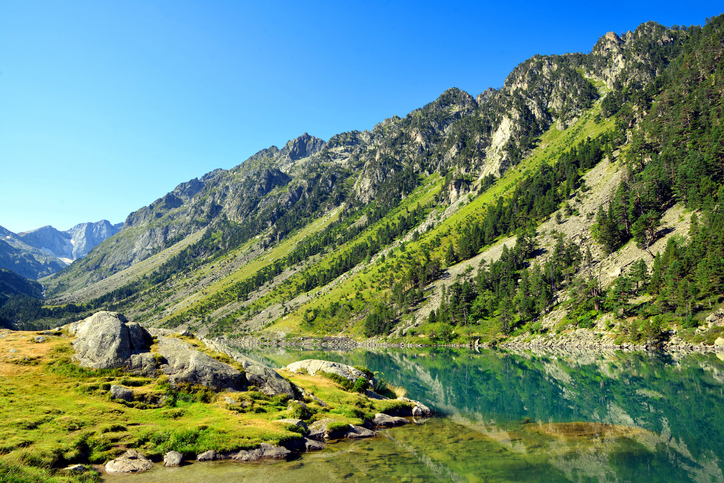
The Pyrenees mountain range is home to remarkable ecological diversity. On both sides of the border, in France and Spain, eco-friendly projects are promoting the conservation of this unique ecosystem.
Écrins National Park

Located in the French Alps, with vast expanses of mountains, valleys, and lakes, the park offers endless opportunities for hiking, wildlife watching, and eco-friendly experiences.
In Europe
Slovak Paradise National Park, Slovakia
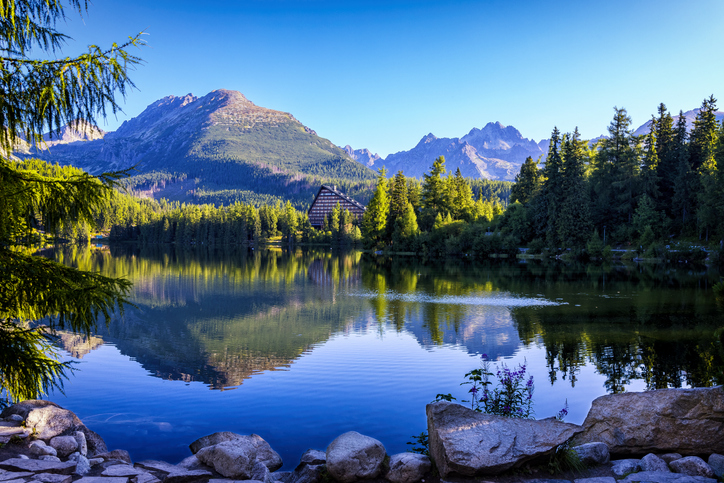
This park, listed as a UNESCO World Heritage Site, offers hiking trails through spectacular gorges, with an emphasis on biodiversity conservation.
Faroe Islands, Denmark
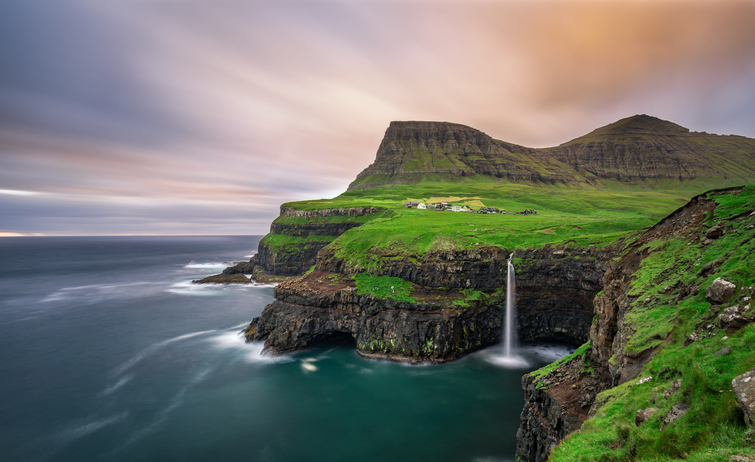
Nestled in the North Atlantic, the Faroe Islands offer breathtaking landscapes alongside a strong commitment to sustainable tourism and the preservation of local traditions.
Plitvice Lakes National Park, Croatia
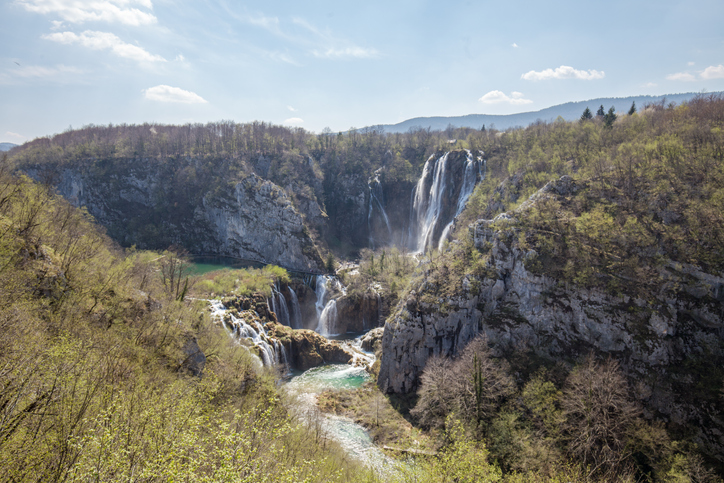
Renowned for its lakes and waterfalls, Plitvice Park implements strict measures to protect its flora and fauna, offering visitors a unique eco-friendly experience.
The Val di Fiemme, Italy
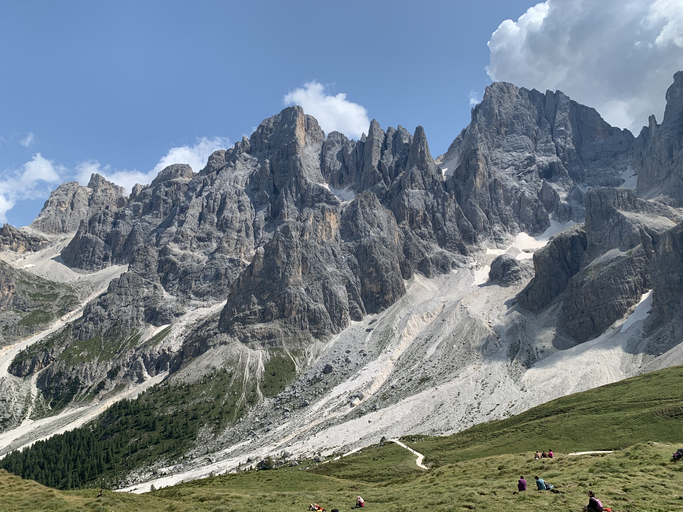
This unspoilt valley is ideal for exploring the Dolomites away from the crowds, helping to preserve this breathtaking natural area — which unfortunately suffers from heavy tourist pressure.
Cilento Nature Reserve, Italy
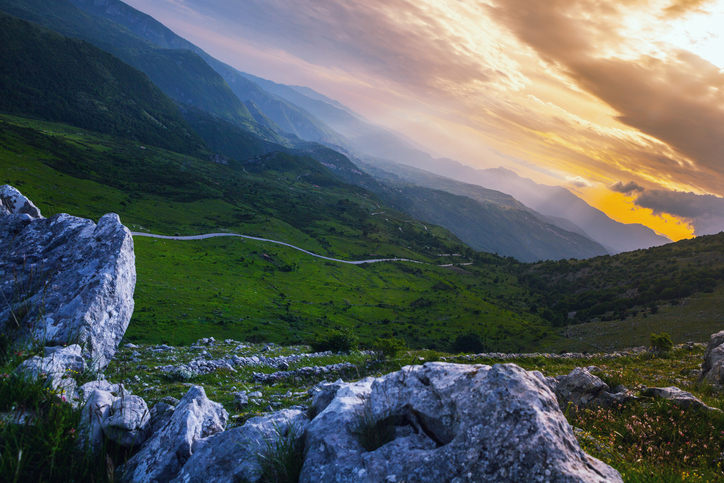
This is one of Italy’s largest nature reserves, developed in perfect harmony with the environment and listed as a UNESCO World Heritage Site. Its added bonus? Around 2,000 hidden caves waiting to be explored by hiking enthusiasts.
Eco-friendly travel is more than just a trend, it’s a necessity for preserving our planet. By adopting sustainable practices and making conscious choices, every traveller can help build a world where adventure coexists in harmony with the protection of our planet and all who inhabit it.
With Teritoria, you can travel responsibly by choosing places that share a passion for hospitality and values rooted in care, connection, and curiosity.
To stay up to date and receive our latest articles and suggestions for your next trips, sign up for our newsletter.
To offer your loved ones a responsible trip, visit our gift shop.


